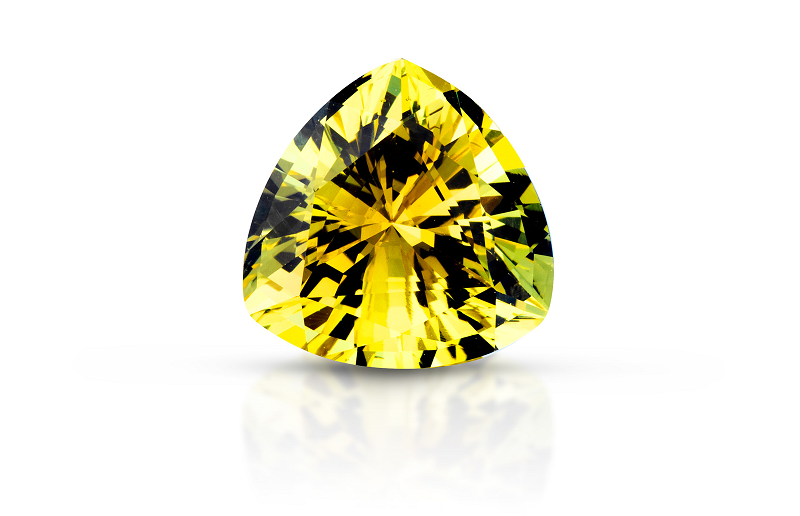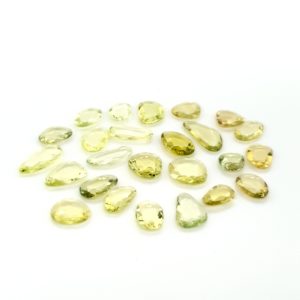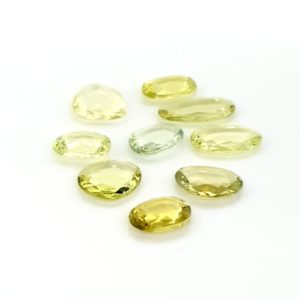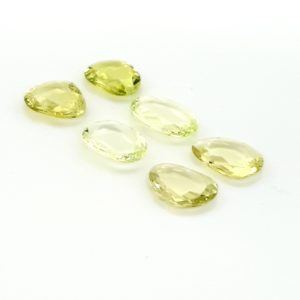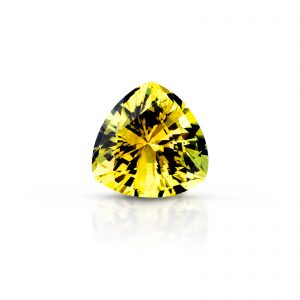Chrysoberyl has been known since antiquity, the name comes from the Greek and means gold cause of its mainly golden colors. The most valued varieties are Alexandrite and Chrysoberyl cat’s-eye. Chrysoberyl is mainly found in Brazil,Sri Lanka and Madagascar also Tanzania is known to produce a very rare, bluish-green Chrysoberyl which is extremely valuable. One of the most famous chrysoberyl stones is a 45 carat faceted gem known as ‘The Hope’, currently displayed in London.
Chrysoberyl Cat’s – Eye , also called Cymophane means waving light in Greek.Fine , parallel inclusions produce a silver-white line , which appears as a moving light ray in a cabochon cut stone.The name Chrysoberyl Cat’s – eye is derived from this effect which reminds one of the pupil of a cat.The short term cat’s – eye always refers to Chrysoberyl , all other cat’s – eye must be designated by an additional name.
Alexandrite named after Czar Alexander II, was discovered only recently 1830 in the Urals. It is green in daylight , and light red in artificial incandescent light. Alexandrite displaying the cat’s – eye effect is great rarity.High-quality alexandrite is one of the most expensive of all gemstones.The largest cut alexandrite weighs 66ct, it is in the Smithsonian Institution in Washington, D.C.
The Mohs hardness is 8,5.

